As an adventurous spirit, I enjoy traveling the wide road in my dependable RV in search of uncharted landscapes and warm campfire experiences. I’ve enjoyed living in an RV but have also encountered difficulties keeping warm and cozy on chilly evenings. Thanks to the magic of effective RV wood stoves, I can create a warm haven on wheels in my mobile home.
Did you know that an estimated 1 million Americans lived in RV by 2018? There are no prizes for guessing why so many people choose the RV lifestyle. The freedom and adventure of traveling in an RV are unmatched.
The mobile way of living has an undoubtedly unique appeal, whether traveling over wide highways or exploring winding mountain routes. But as any seasoned RV enthusiast knows, RV wood stoves can come in handy to stay warm and comfy during chilly evenings for a nice trip.
These simple yet highly useful heating options have grown in favor among RVers for their capacity to maintain a comfortable temperature in your mobile home without using conventional gas or electric heaters. Although your RV usually has a built-in heating system, there’s something particularly alluring about the warmth and ambiance that an RV wood stove creates.
I’ll go into the realm of effective RV wood stoves in this article, looking at their advantages, how they operate, and why they’re a game-changer for people looking for an off-grid or more sustainable heating option. Additionally, I’ll offer advice on installing a wood stove in your RV, installation tricks, and safety measures to guarantee a cozy, worry-free trip.
How Does An RV Wood Stove Work?
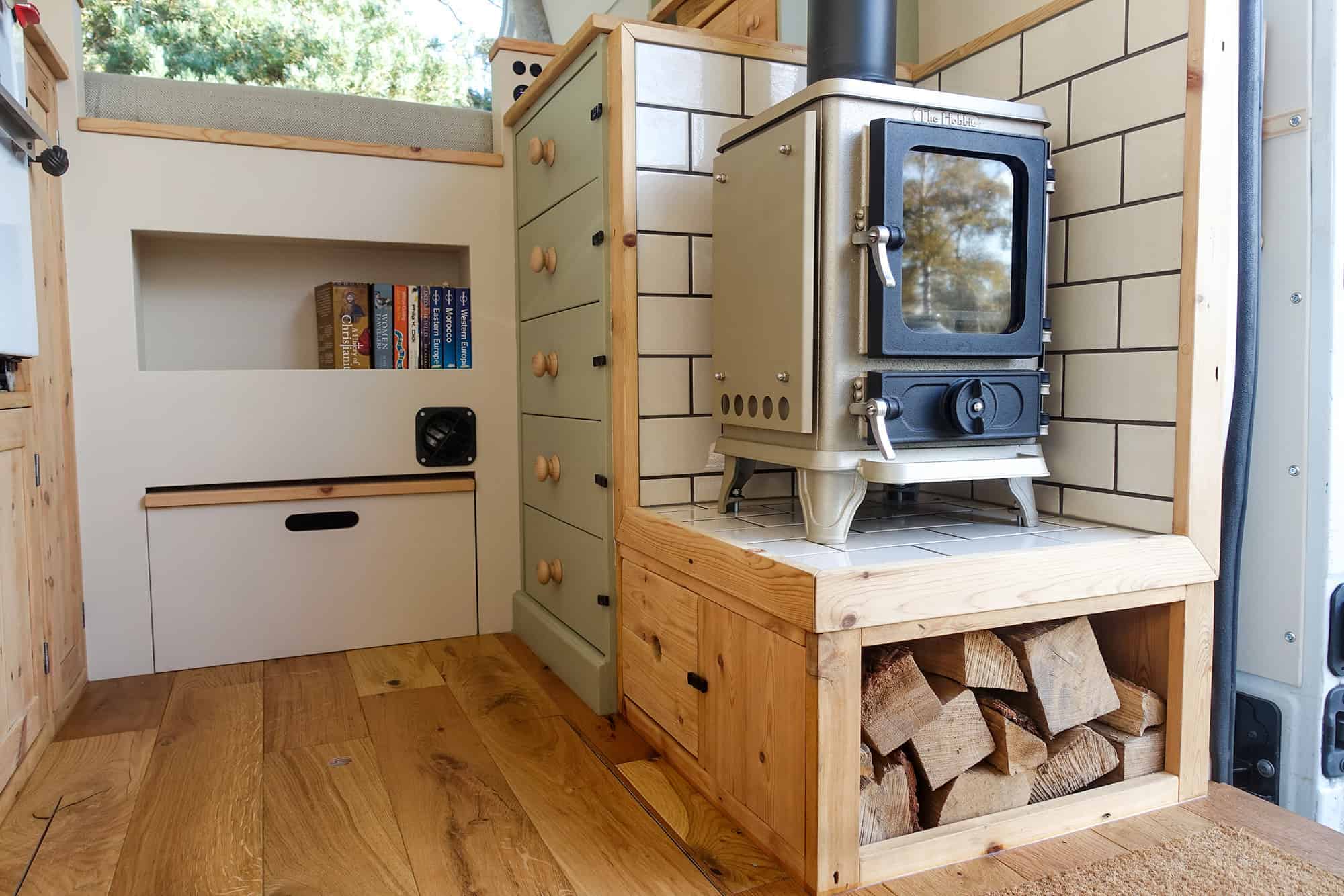
An RV wood burner uses the power of combustion to create heat for your mobile home using a straightforward but efficient operating concept. Here is a detailed description of how it operates:
| Factors | Details |
| Fuel source | Wood is the main resource used in an RV wood stove. Depending on the stove model, you must fill it with small logs, kindling, or wood pellets. |
| Ignition | Light the wood inside the stove to begin the heating process. This is normally accomplished by lighting the kindling or pellets with a match, or some models come with a built-in igniter. |
| Combustion chamber | Once it starts to burn, the wood starts a fire inside the stove’s combustion chamber. The purpose of this chamber is to burn the wood and generate heat effectively. |
| Heat exchange | A heat exchange system surrounds the combustion chamber. You can use metal tubes or channels to move the hot gasses produced by the burning wood. These gasses heat the metal as they pass through the heat exchange system. |
| Distribution | The warm air produced by the stove is circulated throughout your RV by a fan or blower connected to the heat exchange system. Some models include ducting to direct heat in specific directions. |
| Exhaust | The residual combustion gasses that get cooler leave the stove through a chimney or exhaust pipe. This ensures that dangerous gasses like carbon monoxide are vented outdoors. |
| Temperature control | Many RV wood stoves contain temperature control features, such as dampers or airflow adjustments, to control the intensity of the fire and heat output. |
In short, an RV wood stove burns wood as fuel to create a regulated fire that warms a heat exchange system, dispersing warm air throughout your RV. When you’re off the grid or looking for a sustainable heating option, it’s a dependable and comforting way to stay warm while enjoying the conveniences of your mobile home.
How To Use An RV Wood Stove?
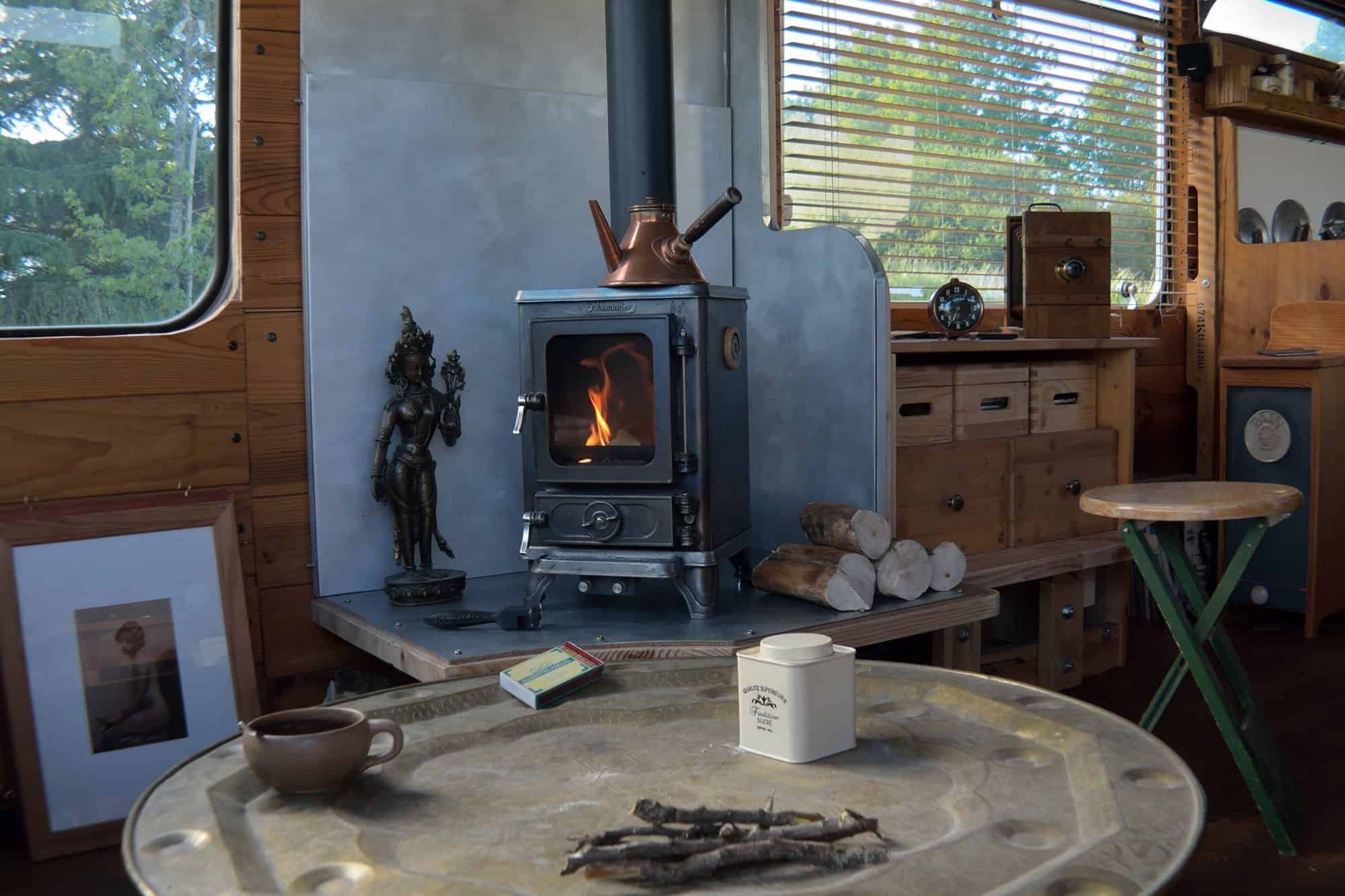
It takes a few steps to effectively operate an RV wood stove. Ensure your stove is installed and ventilated properly to avoid any safety risks. Next, acquire wood or wood pellets for burning that are dry and seasoned. Kindling can ignite a fire within the stove after opening the air vents.
To keep the fire burning steadily, gradually add larger chunks of wood. Control the heat output by adjusting the air vents. To keep everything running smoothly, keep in mind to frequently remove ash. Never leave the stove unattended while it is in use.
An RV wood stove may give you dependable warmth while you’re on the road if you take the necessary precautions.
What Are The Different Types OF RV Wood Stoves?
RV wood stoves come in various designs with unique features and advantages. Here is a summary of three popular types:
Traditional Wood Stoves
A traditional wood stove for an RV is similar to the old wood-burning stoves used in homes and cottages. It is strong, portable, and made for confined situations.
The Kimberly Wood Stove is one illustration. It is renowned for its effective burn and small size, making it appropriate for RVs. To provide proper ventilation, these stoves need a chimney.
Pellet Stove
RV pellet stoves burn compressed wood pellets as their fuel source. They operate automatically; a hopper delivers pellets into the combustion chamber as needed. A good example would be Dickinson Marine Newport P12000. This type is a tidy and practical choice because it allows for accurate temperature control and less ash output.
Mini Wood Stove
Mini wood stoves for RVs are recognized for their compact dimensions and fashionable designs. One illustration is the Huskfirm Wood Burning Stove. Because of their diminutive size, they fit comfortably inside RVs with limited room and deliver significant heat. A unique venting method is frequently needed for them.
Cookstove Combination
Some RV wood stoves, like the Navigator Stove Works Sardine, have two distinct functions. They are adaptable for people seeking practicality and space efficiency in their RVs because they include a cooktop and heating.
Hobbit Stove
Hobbit stoves are aesthetically pleasing in their design. They are more compact stoves renowned for their attractive design and effective heating. I used the Salamander Hobbit wood stove for a few of my trips. They are ideal for RV owners who want to bring warmth and beauty to their living area.
RV-Designed Stove
Wood stoves made exclusively for RVs are produced by several manufacturers. These stoves, such as the RV-Grizzly Wood Stove, are designed with portability and security in mind. They frequently have small footprints and effective venting options for RV use.
You can select the RV wood stove that best suits your heating requirements, space restrictions, and personal preferences because each type of RV wood stove has advantages and disadvantages.
What Are The Risks OF An RV Wood Stove?
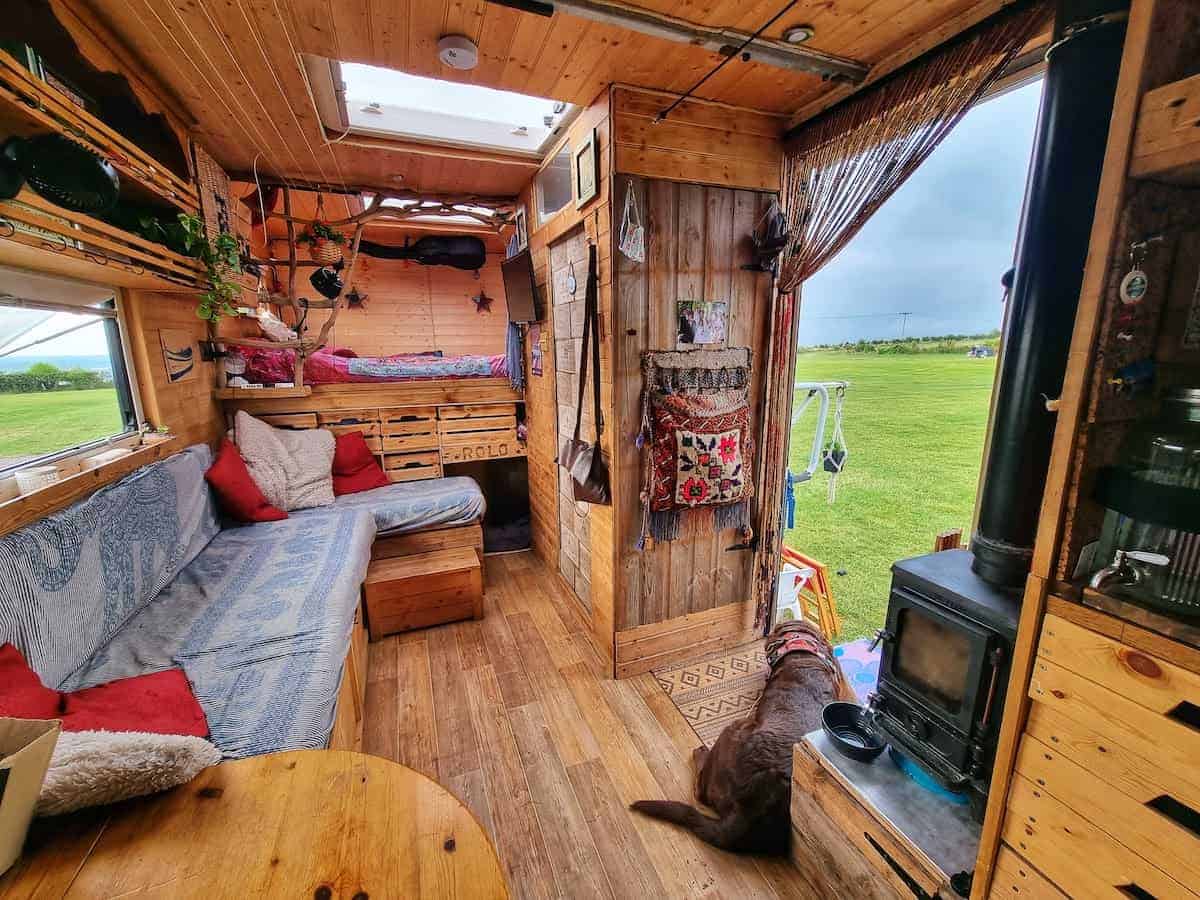
RV wood burners provide effective heating options but have several inherent dangers that must be considered:
- The potential to catch fire is the main concern. A fire hazard if not used and maintained properly, wood stoves have open flames and hot surfaces. Especially when loading and cleaning, sparks or embers can fly.
- Inadequate ventilation or a broken wood stove can cause the production of carbon monoxide (CO), an odorless and colorless gas that can be fatal if absorbed in large quantities. To avoid CO buildup, installation, and venting must be done correctly.
- A wood stove’s exterior can get quite hot while operating, increasing the danger of burns, especially in small RV areas where accidental contact is more possible.
- Inadequately sized or managed wood stoves can cause an RV’s interior to become too hot. The electronics and construction of the RV may be harmed as a result.
- Poor combustion can cause creosote to accumulate in the chimney or stovepipe. Due to its high flammability, creosote can cause chimney fires if it isn’t frequently cleaned.
- When traveling, the stove must be fastened to prevent tipping or damage. Stoves that aren’t properly secured can cause mishaps.
- Using an RV wood stove may be restricted depending on your location. Insurance problems or legal problems could arise from non-compliance.
It’s crucial to follow the installation instructions, perform routine maintenance, use suitable safety equipment like fire extinguishers, install and maintain CO detectors, and abide by safety procedures when using an RV wood stove to reduce these dangers. Additionally, be sure your wood stove is permitted for use in an RV and that you are aware of and abide by all local and state laws about using wood stoves in mobile homes.
How To Safely Use An RV Wood Stove?
An RV wood stove’s dangers can be reduced by using a combination of correct installation, routine maintenance, and cautious operation. The following actions can help reduce these risks:
- Hire a licensed technician or installer with experience installing mobile heating systems to install your RV wood stove. Make sure it complies with all applicable local laws and ordinances.
- Ensure your RV wood stove has adequate ventilation to release combustion fumes and prevent the development of carbon monoxide. Use only chimney and stove pipe parts approved and tested for safety.
- Burn only dry, seasoned wood or wood pellets appropriate for your stove when using the right fuel. Avoid using treated or painted wood since it can emit dangerous gases.
- To avoid creosote buildup, keep the stove and chimney clean. Regularly examine the chimney and remove the ash. Plan when to have a professional chimney sweep.
- Keep a fire extinguisher close, and ensure everyone inside knows how to use it. Install and frequently test smoke and carbon monoxide detectors in your RV.
- Follow the manufacturer’s recommendations when starting, tending to, and putting out flames. Don’t pile too much wood on the stove; this can lead to overheating.
- The wood stove should be secured in motion to avoid movement that could cause harm or accidents.
- Keep an eye on your kids and pets and keep them away from the stove to avoid burns or unintentional contact.
- To change the stove’s heat output as necessary, use temperature controls, dampers, and airflow adjustments.
- Create an emergency plan that addresses how to leave the premises in case of a fire or a CO alert. Describe this strategy to every RV occupant.
- Ensure that your wood stove and its installation abide by all regional, national, and local laws governing RV heating systems.
- Regularly check the chimney, venting system, and stove for wear, damage, or corrosion. Address any problems right away.
- Learn about the operation of your particular wood stove model and any particular maintenance needs.
You may take advantage of the warmth and comfort of an RV wood stove while reducing the risks involved by taking these steps and being careful about safety. Always put safety first and take any necessary steps to reduce any risks.
Maintenance Of Your RV Wood Stoves
It’s essential to maintain your RV wood stove for efficiency and safety. To avoid chimney fires, remove ash and creosote buildup regularly. Check for corrosion or damage in the venting system, chimney, and stovepipe. Replace gaskets and seals when they begin to wear to confirm a tight seal. Also, lubricate hinges and moving parts as necessary. Look for cracks in the firebricks and close them if necessary to avoid stiffness.
Examine all safety measures, such as dampers and door locks. Keep a fire extinguisher nearby, regularly test your smoke and carbon monoxide alarms, and replace them if necessary. For quick troubleshooting, have an RV Wood Stove Kit on hand. Follow the manufacturer’s maintenance guidelines and, if necessary, schedule expert inspections.
Conclusion
An RV wood stove may be a fantastic addition to your mobile home, providing warmth and a cozy feeling when on the road. But it’s critical to approach it with a deep understanding of both its advantages and possible pitfalls.
These stoves are popular among RV enthusiasts for efficient heating, independence from traditional fuel sources, and a wonderful rustic aesthetic. The key to efficiently enjoying these benefits is responsible ownership.
To feel secure, you need to install mobile heating systems professionally and comply with local standards by a competent specialist. Carbon monoxide accumulation can be minimized using the proper fuel, like dry, seasoned wood or pellets, and enough ventilation. Routine maintenance is essential to avoid creosote buildup, preserve safety, and extend the stove’s life. This covers routine upkeep, cleaning, chimney sweeps, and checks for wear and damage.
Remember to follow fire safety procedures, keep an eye on kids and dogs near the stove, and have emergency measures in place. Install smoke and carbon monoxide detectors in your RV to protect your health, and test them frequently.
Your RV wood stove can deliver dependable warmth and comfort during your travels if you use it responsibly, take good care of it, and keep a close watch on safety. It’s a comfortable and effective way to transform your RV into a true home away from home, letting you embrace the nomadic way of life while being warm and comfortable throughout your adventure. Take advantage of the comfort, atmosphere, and independence an RV wood stove gives your journeys while remaining safe on the road.
Frequently Asked Questions (FAQs)
1. What are the benefits of using an RV wood stove?
For adventurous travelers, using a wood burner in an RV has various advantages:
- Wood stoves are a heating source independent of electricity or gas, perfect for off-grid life. Even in faraway areas, you can feel warm.
- Once installed, wood stoves can be economical because pellets or firewood are frequently less expensive than other heating fuel types. Over time, this may result in large savings.
- Wood is an environmentally favorable heating solution because it is a renewable resource. Many RVers value the environmental friendliness of wood stoves.
- With the calming crackling of the fire and the sight of dancing flames, wood stoves produce a warm and welcoming ambiance within your RV. The overall camping experience is improved.
- When properly maintained, wood stoves are renowned for their strength and longevity, providing dependable heating year after year.
- Some RV wood stoves have cooktops that you can use for cooking, eliminating the need for additional cooking equipment.
- Wood burners can help with condensation inside your RV in cold and wet climates.
- By incorporating a wood burner into your RV setup, you may make enduring memories while enjoying the great outdoors. This adds warmth, charm, and self-sufficiency to your adventure.
2. How does a mini wood stove for an RV differ from traditional wood stoves?
As the name implies, a tiny wood stove for RVs is specifically for recreational vehicles’ small size and portability. It differs from conventional wood stoves in the following ways:
- Mini wood stoves for RV are considerably more compact and smaller than conventional wood stoves. They are made to cram as much as possible into the restricted RV space without sacrificing heating effectiveness.
- RV wood stoves are light to avoid exceeding the RV’s weight limit and guarantee that it is suitable for the structure and transportation of the RV.
- Mini wood stoves provide a lot of heat relative to their size, but they often produce less heat than conventional stoves. This is so because they are for more compact living spaces in RVs.
- RV wood stoves must meet certain venting and clearance requirements designed for the cramped spaces within RVs to operate safely and prevent overheating or internal damage.
- Since mini wood stoves are made simple to install and remove, RV owners can take them outside in warm weather or when they need more space.
In summary, mini wood stoves for RVs are compact, lightweight, and designed to fit the unique needs of mobile living, making them distinct from traditional wood stoves meant for stationary homes. They offer efficient heating while considering RVs’ limited space, weight constraints, and ventilation requirements, providing travelers with a cozy and space-saving heating solution.
3. What factors should be considered when choosing an RV pellet stove?
For a cozy and secure heating option, choosing the ideal pellet burner for your RV entails several important considerations. Consider the following:
- RVs have a small interior; choose a compact pellet stove that will fit in the space you have. Before making a purchase, thoroughly measure the available space.
- Identify the stove’s heating capability, commonly expressed in BTUs (British Thermal Units). Ensure it’s enough to heat your RV efficiently but not too much to prevent overheating.
- Verify the pellet stove’s power needs. Some models could require energy to function, which could be problematic if you live off the grid. If necessary, look at battery backup possibilities.
- Analyze the stove’s rate of pellet consumption. More efficient burners will burn fewer pellets for long journeys or when supplies are few.
- The hopper contains the pellets. Longer burn intervals between refills result from larger hoppers. Take into account your heating requirements as well as the frequency of hopper refills.
- Ensure your RV’s pellet burner is properly ventilated. For operations to run safely and effectively, there must be sufficient venting.
- RV pellet stoves can be noisy in some cases. To keep the calm in your RV, look for models that operate quietly.
- Look into the manufacturing company’s reputation for product quality and customer service. Reading reviews from other RVers might offer insightful information.
- Take into account the original investment and continuing upkeep needs. Although superior pellet stoves may cost more upfront, they frequently provide better long-term dependability and efficiency.
You can choose an RV pellet stove that not only meets the heating requirements of your RV but also creates an environment that is secure and comfortable for you to travel in by carefully weighing these criteria.
4. Can an RV wood stove kit be easily installed in an RV without professional help?
Installing an RV wood stove kit in an RV is possible without expert assistance, but it’s not always simple, and there are several key factors to consider. Consider the following:
- Safety regulations, clearances, and appropriate venting are necessary for wood stove installation. If you lack experience, seeking professional advice to safeguard your safety is best.
- Setting up a chimney in an RV can be challenging since it needs to adhere to tight regulations to avoid carbon monoxide and fire concerns. It frequently entails cutting a hole in the roof, which, if done incorrectly, can cause water leaks.
- RVs can only carry a certain amount of weight and space. Consider how adding an RV wood stove and chimney will impact your RV’s balance and overall weight.
- Some insurance companies may demand professional installation to cover occurrences involving wood stoves. Additionally, local and state laws may call for professional installation as a matter of safety.
DIY installation can be feasible for those with knowledge, but putting safety first is vital. If you decide to move further, research the procedure extensively, utilize approved components, and be ready for any difficulties. Ensure a safe and legal installation by selecting a trained technician, giving you peace of mind for your RV wood stove excursion.

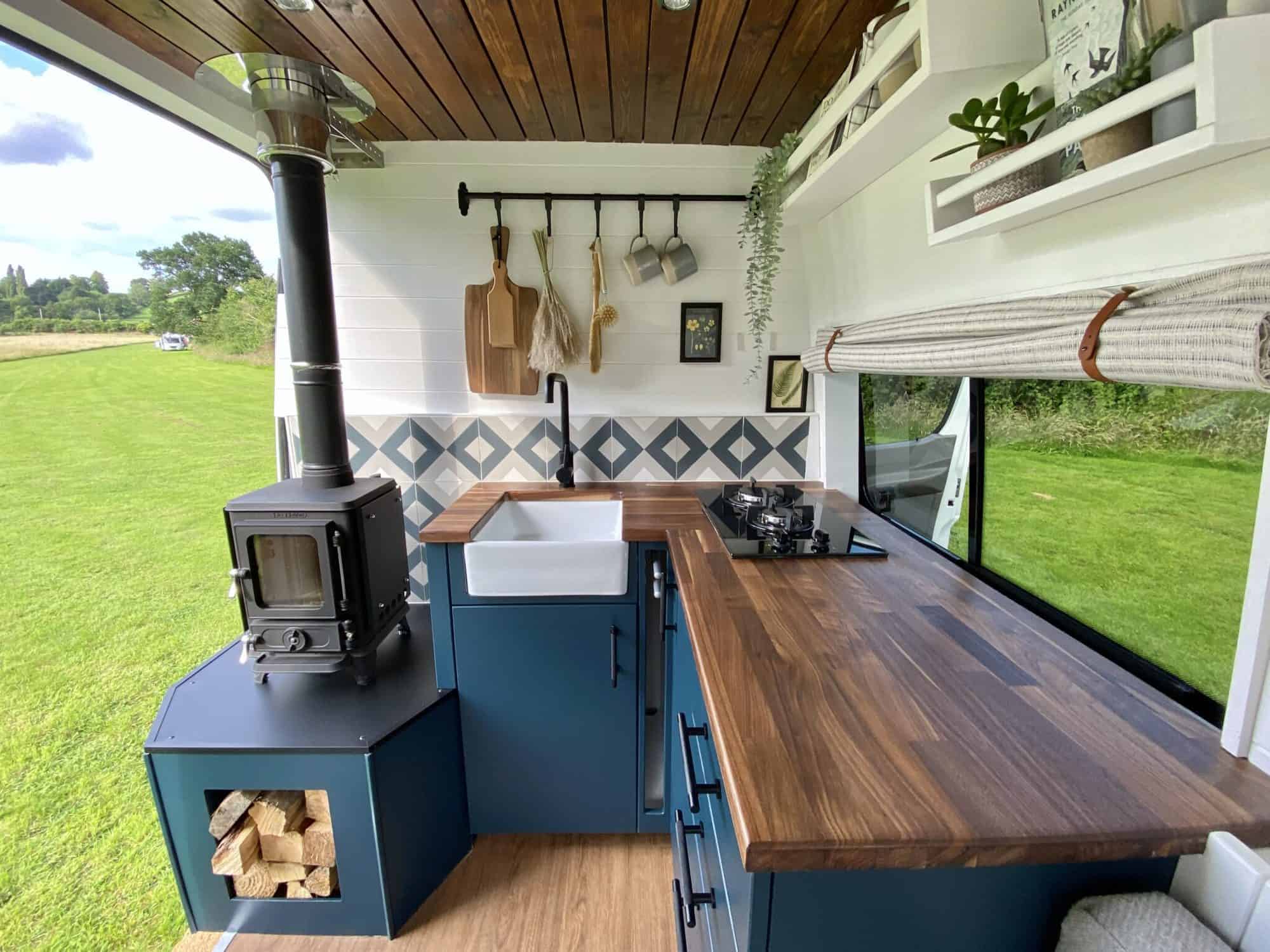
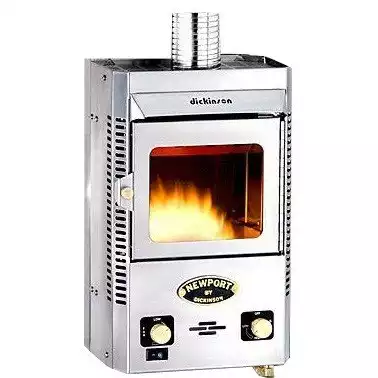
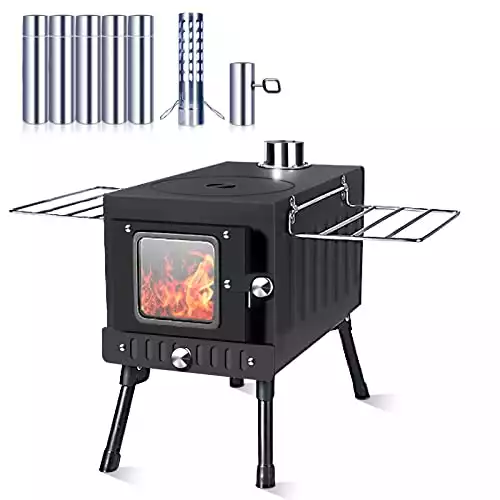


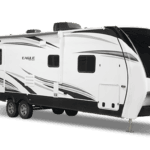

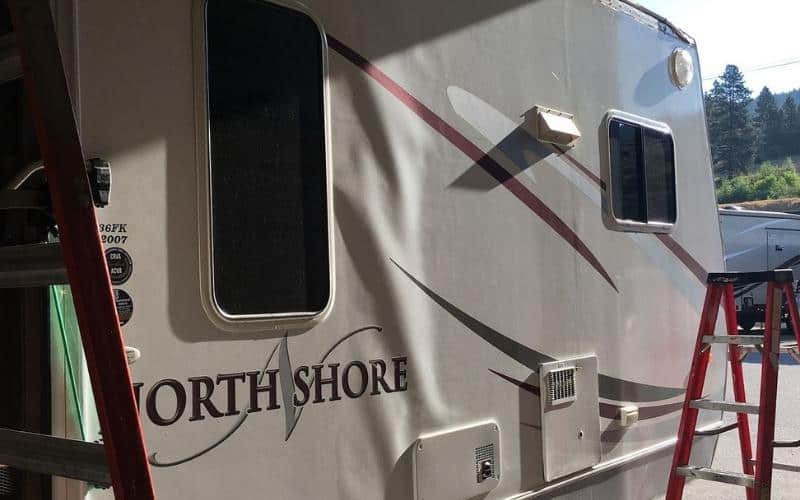
![The 6 Best RV and Camping Toilets in [currentyear] 11 Best RV Toilet](https://www.rvingknowhow.com/wp-content/uploads/2020/06/Best-RV-Toilet.jpg)